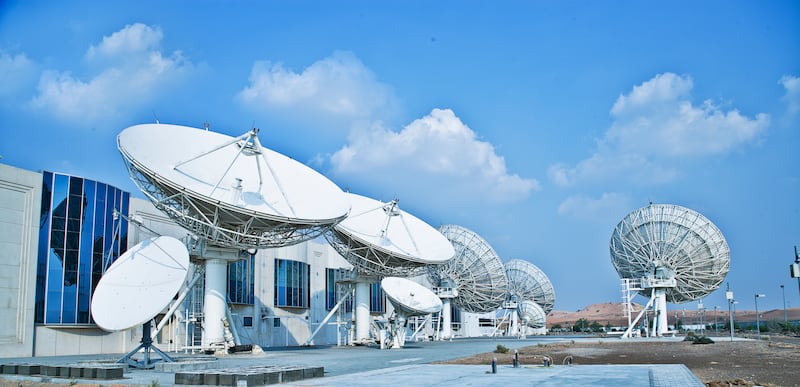Al Yah Satellite Communications, better known as Yahsat, will be included in the FTSE UAE Small Cap Index from December 20 this year as it looks to diversify its investor base, following the company’s recent inclusion in three MSCI indices.
The inclusion means that Yahsat will also be added to the FTSE Global Small Cap Index, FTSE Global All Cap Index, FTSE Middle East & Africa Small Cap Index and FTSE Middle East & Africa All Cap Index, among others, the Abu Dhabi-listed company said on Sunday.
“It marks another important milestone in our commitment to deliver long-term value for our shareholders, while in parallel, strengthening Abu Dhabi’s position as an attractive destination for investors,” Ali Al Hashemi, group chief executive at Yahsat, said.
The company, a unit of Mubadala Investment Company, raised about $731 million through its initial public offering in July.
It sold 975.9 million shares, or 40 per cent of equity, through the IPO, which was several times oversubscribed, with significant demand from both qualified institutional and retail investors in the UAE, Yahsat said at the time.
Last week, MSCI said it included Yahsat as a constituent of the MSCI Small Cap Indices, including the MSCI All Country World Index Small Cap Index, the MSCI Emerging Markets Small Cap Index, and the MSCI UAE Small Cap Index.
Yahsat’s latest inclusion in the FTSE is expected to further diversify its investor base and underpins Yahsat’s solid growth potential, as well as robust financial and operational performance, the company said.
The FTSE index review changes may be subject to revision until close of business on December 3, 2021, according to the company.
Yahsat offers multi-mission satellite services in more than 150 countries across Africa, Asia, Australasia, Europe, the Middle East and South America.
It has a current fleet of five satellites that cover more than 80 per cent of the world’s population. A sixth satellite is expected to be launched in the second half of 2023 and begin commercial operations 12 months later.







